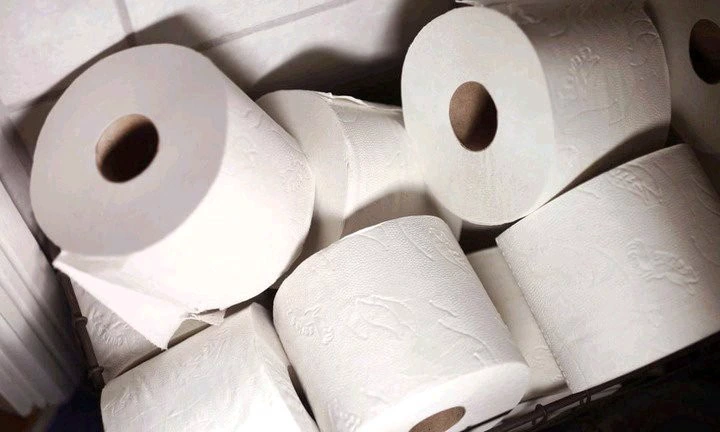Toilet paper is a common household item that many people use daily without thinking twice. While it plays a crucial role in maintaining hygiene, most people are unaware of the potential dangers associated with its use. From health risks to environmental concerns, toilet paper may not be as harmless as it seems. Understanding these dangers can help individuals make better choices for their health and the environment.
1. Harmful Chemicals and Skin Irritation
Many commercial toilet papers contain chemicals that can be harmful to the skin, especially in sensitive areas. Some of these include:
Chlorine and Dioxins: Many toilet paper brands use chlorine to bleach the paper, producing dioxins as a byproduct. Dioxins are toxic compounds linked to immune system suppression, hormone disruption, and even cancer.
Fragrances and Dyes: Some tissues come with added fragrances or colored designs. These chemicals can cause skin irritation, allergies, and even disrupt hormonal balance in the body.
Formaldehyde: This chemical, used to make toilet paper stronger and more absorbent, can cause irritation and dryness, leading to discomfort and even infections.
2. Environmental Impact
The production and disposal of toilet paper have serious environmental consequences:
Deforestation: Toilet paper is made from trees, and millions are cut down annually to meet global demand. This contributes to deforestation, loss of biodiversity, and climate change.
Water and Energy Waste: The manufacturing process of toilet paper requires a large amount of water and energy. Additionally, the bleaching process pollutes water bodies with harmful chemicals.
Non-Biodegradable Wastes: Some toilet papers, especially those with added chemicals, take longer to decompose, contributing to landfill waste.
3. Health Risks from Bacteria and Infection
Toilet paper alone does not completely clean the anal area. Residue left behind can cause bacterial growth, leading to infections such as urinary tract infections (UTIs), especially in women. Additionally, the friction caused by wiping with dry tissue can cause micro-tears in the skin, increasing the risk of infections and irritation.
Safer Alternatives to Toilet Paper
To minimize health and environmental risks, consider the following alternatives:Bidets: These devices use water for cleaning and are more effective and hygienic than toilet paper.
Wet Wipes (Unscented and Chemical-Free): If using wipes, opt for biodegradable and unscented ones to avoid irritation and reduce waste.
Reusable Cloths: Some people use soft, washable cloths as an eco-friendly alternative to toilet paper.
Conclusion
While toilet paper is a convenient and widely used product, it has several hidden dangers. The presence of harmful chemicals, its negative environmental impact, and the potential health risks make it worth reconsidering. By choosing safer alternatives and being mindful of the type of tissue paper used, individuals can protect their health and contribute to environmental conservation.
